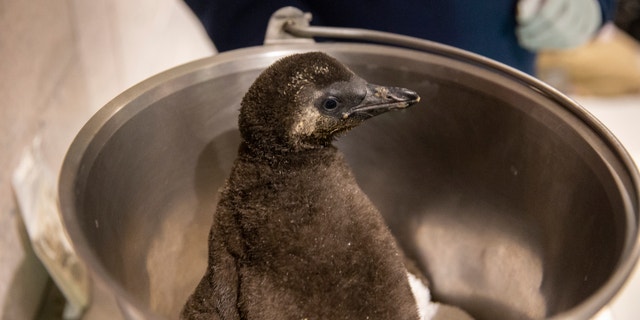Amid renewed interest in nuclear fusion, Japan’s research reaches critical stage

BY TOMOKO OTAKE
STAFF WRITER
Feb 19, 2023
NAKA, IBARAKI PREF. – Scientist Shunsuke Ide points to the large screen in the control room of the JT-60SA, a giant device for nuclear fusion experiments in a rural municipality northeast of Tokyo that is preparing for its first run. A demonstration video shows how the plasma crucial to the process is generated.
“Ten seconds before the discharge,” an automated female voice announces in English. “Five, four, three, two, one, zero!”
At this moment, a video taken from inside the vacuum vessel of the JT-60SA’s predecessor pops up, showing how plasma forms as hydrogen isotopes are heated to over 100 million degrees Celsius, alongside a computer simulation of the pink plasma inside the orange-shaped device.
The creation of plasma, made to float by powerful magnets around it, is a sign that nuclear fusion — the smashing of two atomic nuclei together to create one — is achievable and can generate electricity.
And a recent breakthrough in the United States has raised hopes that the realization of this as a viable energy source — long considered a pipe dream — is closer than ever.
“We have been trying to create a sun on Earth,” said Hidenobu Takenaga, director of the Naka Fusion Institute of the National Institutes for Quantum Science and Technology (QST), during a recent visit to the facility, which is home to the 2,600-ton, 16-meter-tall JT-60SA. “The device’s goal is to produce high-quality plasma,” thereby increasing the volume of electricity created
When this giant mass of metal and wires goes online in March to begin plasma experiments like in the demo video, it will significantly advance the work of ITER, the world’s largest experiment to prove the feasibility of fusion as a carbon-free source of energy.
ITER — a 35-year international collaboration that involves Japan, the European Union, the U.S., China, Russia, South Korea and India — is hoping to start fusion tests in 2035, although it recently announced that a plan to finish construction of the plant by 2025 may face “years” of delays due to technical issues. The JT-60SA will provide data necessary to run ITER, which is twice its size.
Public-sector scientists say the commercialization of fusion power — considered the ultimate energy source free of carbon dioxide emissions — is still decades away. They are aiming to achieve electricity generation in around 2050, with fusion only becoming a viable climate solution in the latter half of the century.
But the environment surrounding nuclear fusion research has been changing rapidly over the last few years, with investors abroad pouring billions of dollars into private-sector projects that promise to get commercial reactors up and running in about 10 years. And this shifting of gears is affecting the public sector: In 2019, the British government launched the Spherical Tokamak for Energy Production (STEP) project, through which the country aims to start operations of a prototype fusion energy plant by 2040.
At the first meeting of a government panel on Japan’s nuclear fusion strategy held last September, members from both academia and industry said that fusion research has entered a critical stage where international cooperation is giving way to competition.
Many shared the view that Japan, whose nuclear fusion research dates back to the 1950s and which has so far maintained a technological advantage through its contribution to ITER, needs to adapt to the tectonic changes happening in the field — or risk getting left behind.
“We need to accelerate research and development, keeping international trends in mind,” Yoshitaka Ikeda, another high-ranking QST official, told the meeting convened by the Cabinet Office, which aims to compile Japan’s strategy on nuclear fusion this spring. “We need to work to achieve fusion energy generation earlier than in the middle of the century, which is when it is currently expected to happen.”
Combined effort
The very process of fusion, and its stark differences with fission in terms of waste, safety and weapons proliferation, have so far kept research friendly and cooperative.
Rather than splitting an atom, fusion involves merging two atomic nuclei — deuterium and tritium — in extremely high temperatures to form a single heavier nucleus of helium, with a neutron also produced by the reaction. But the individual mass of the helium is lighter than the sum of the mass of the deuterium and tritium, with the leftover becoming energy because the larger nucleus — helium — needs less energy to bind together.
It is this resulting energy that fusion scientists are trying to harvest.
There are three major approaches toward achieving fusion. The ITER project uses a “tokamak” device that confines the plasma in a magnetic field shaped like a donut or orange. Another way to confine the plasma is to use helical coils — the latter approach is used by the National Institute for Fusion Science (NIFS) in the city of Toki, Gifu Prefecture, for its experimental device, with a pair of coils employed to trap the plasma inside. Both the tokamak and helical methods use magnetic fields.
The third approach is to use lasers, which are focused from various directions at a hydrogen pellet measuring only a few millimeters, raising the temperature and adding pressure to generate plasma.
Laser fusion scientists at the Lawrence Livermore National Laboratory in California sent shockwaves around the world in December with the news that for the first time ever, a reaction had been achieved that produced more energy than was used to start it, by a factor of 1.5.
While a fusion reactor does create nuclear waste, it’s much safer than that of current nuclear power plants, because it only produces low-level waste, the radioactivity of which decays within decades, fusion advocates say. And given how delicate the fusion process is, any change in conditions would cause it to shut down, meaning an uncontrolled reaction is impossible.
Another advantage of fusion is that deuterium exists in abundance in the ocean, meaning there would be no conflict over the resource among nations. Tritium hardly exists in nature, but fusion scientists say it can be produced in a fusion reactor by having pebbles of lithium titanate and beryllium react with neutrons in a piece of equipment called a “blanket” that surrounds the plasma.
Furthermore, unlike nuclear fission, which is also what is used in nuclear bombs, fusion alone cannot make weapons. And as far as magnetic confinement methods are concerned, fusion is only useful for the peaceful purpose of energy generation, argues Kazuya Takahata, a professor at NIFS.
“In (conventional) nuclear power research, it would be impossible for seven different parties from around the world to cooperate,” Takahata says. “The fact that ITER has scientists from China, India and Russia working together in the same room is proof that its technology cannot be used for military purposes.”
Hybrid approach
In search of more freedom and funding to pursue their academic interests and opportunities to commercialize them, scientists who have worked at state institutes and national universities in Japan have in recent years founded nuclear fusion startups.
In doing so, they are seeking to take advantage of the international cooperation that surrounds nuclear fusion — as well as the increased reliance of governments on the private sector
One of the startups, Kyoto Fusioneering, was set up in 2019 as a spinoff of Kyoto University by fusion engineer Satoshi Konishi and Taka Nagao, also from Kyoto University but with a business consulting background. The firm specializes in providing high-tech equipment that supports reactors, such as the blanket system and diverters, which absorb heat and ash from the fusion reaction.
Nagao says fusion research is going through what space research went through in the 2000s, when NASA started using the private sector to develop technologies instead of developing them entirely by itself.
“NASA changed its policy in around 2000, realizing that the private sector is better at driving innovations, taking risks and cutting costs,” Nagao says. “It decided to stop billing itself as a top research and development organization and instead positioned itself as a support organization for the space industry ecosystem, helping to create a marketplace.”
The British government, meanwhile, is pursuing a hybrid of public and private initiatives, Nagao adds.
“The top official of the UK Atomic Energy Authority is called CEO, meaning that it operates like the private sector,” he says. “But it’s not really private in the sense that it’s funded by the government.”
In 2021, Kyoto Fusioneering was selected by the UKAEA as an engineering design partner for the STEP project.
The increased role of the private sector is also playing out in the U.S., and Kyoto Fusioneering announced this month it has set up a U.S. subsidiary to expand operations in the country, with the firm looking to hire more engineers to join the 70-member staff.
Helical Fusion, meanwhile, set up a U.S. subsidiary in November. The Tokyo-based startup, founded in October 2021 and made up mostly of ex-engineers at NIFS in Gifu, says its goal is to create the world’s first stationary, small-scale fusion reactor using the helical method by 2034.
Takaya Taguchi, co-founder and president in charge of management at Helical Fusion, boasts that the firm’s engineers have such in-depth knowledge of overall fusion technologies that they can undertake reactor design, considered to be the most challenging part of building a fusion plant.
“The U.S. government uses the private sector more aggressively, so there are more opportunities there,” he says. “The size of investment is clearly different, by two digits between the U.S. and Japan. So it’s important to have a base there, and to raise capital as well.”
The Japanese government has spent tens of billions of yen annually on fusion research, but its attention has largely been focused on ITER and the JT-60SA as well as the NIFS. Private-sector investment in Japan has been sluggish, in contrast to recent moves abroad — especially since the 2016 signing of the Paris Agreement, overseas investors have been drastically diverting money toward fusion as a “sure bet,” industry experts say.
To keep pace with other countries, Japan may also have to confront certain sensitivities as a pacifist country.
Ex-Fusion, which was set up in July 2021, is a spinoff of Osaka University that specializes in the control of lasers by timing their firing and predicting a subtle gap in the position of target fuels.
“Lasers are widely applicable technologies so we can market them to various places,” says Kazuki Matsuo, the firm’s CEO, noting that research is underway globally to use lasers for cancer therapy and space debris removal, as well as to divert the path of lightning.
But Matsuo, a laser scientist himself, acknowledges that, unlike the other two fusion methods, lasers can be used for defense, such as to shoot down flying objects like drones. Nonetheless, the firm says it’s time for Japan to seriously discuss how it wants to utilize them, defense-related or not.
“Japan has been unique in the world in that it has pursued academic laser research without involving any defense funding,” Matsuo says. “Osaka University has been studying laser fusion for 50 years. There’s no institution like that anywhere in the world.”
Negative image
Given the complexity of the technologies involved, state scientists such as QST’s Takenaga are skeptical of the promises made by fusion startups to generate energy a lot sooner than the middle of the century.
“I welcome (the startups) in the sense that they help the research gain momentum,” he says. “I’m not sure they are really technologically capable of achieving what they say they can.”
But the biggest issue for the promotion of fusion in Japan may be the lack of public knowledge or understanding, advocates say.
A future plan to build a reactor in Japan could run into opposition from residents who fear anything to do with “nuclear,” called “kaku” in Japanese, they say.
A 2020 study by Kyoto University on public awareness and mental associations with the phrase “nuclear fusion” in Japan showed that only 40% of the 1,000 people polled online had heard of it, and that 86% of respondents didn’t know that nuclear fusion and nuclear power are different things.
When asked about the image they had of nuclear fusion, 60.7% of the respondents associated it with being “dangerous,” 41.9% said it made them “anxious,” and 24.4% said they “couldn’t trust it.” Only 5.9% knew that by design fusion cannot lead to an uncontrollable chain reaction.
Although there has been a gradual increase in support amid the energy crisis caused by the war in Ukraine, public opinion remains sharply divided on the promotion of nuclear power. Indeed, comments provided by the respondents to the study showed a majority of the public in Japan had an allergic reaction to the word “nuclear,” it said. That comes as little surprise, as Japan is the only country in the world that has experienced both atomic bombings and meltdowns at a nuclear plant.
“Many people suggested changing the word for ‘nuclear fusion’ (‘kaku-yūgō’) to something different and removing the word ‘kaku,’” the study concluded. “This is an issue that cannot be avoided when nuclear fusion enters the implementation stage in society. The fusion community needs to discuss it prudently.”
Takahata of NIFS, who is also skeptical of startups’ ability to get commercial reactors ready, decries the lack of interest in fusion science in Japan, for which he blames the education system.
“Students in Japan grow up not learning about nuclear fusion at all in secondary education,” he says. “The only reference in school textbooks is in geology, where there’s just a mention of the sun being powered by nuclear fusion.”
This could become a huge hurdle when Japan tries to decide on the location of its own prototype reactor, a step needed after ITER and before building a commercial reactor, he says.
“I fear that protests from residents over the construction of a prototype reactor would push back the goal of achieving fusion electricity even further, beyond 2050.”
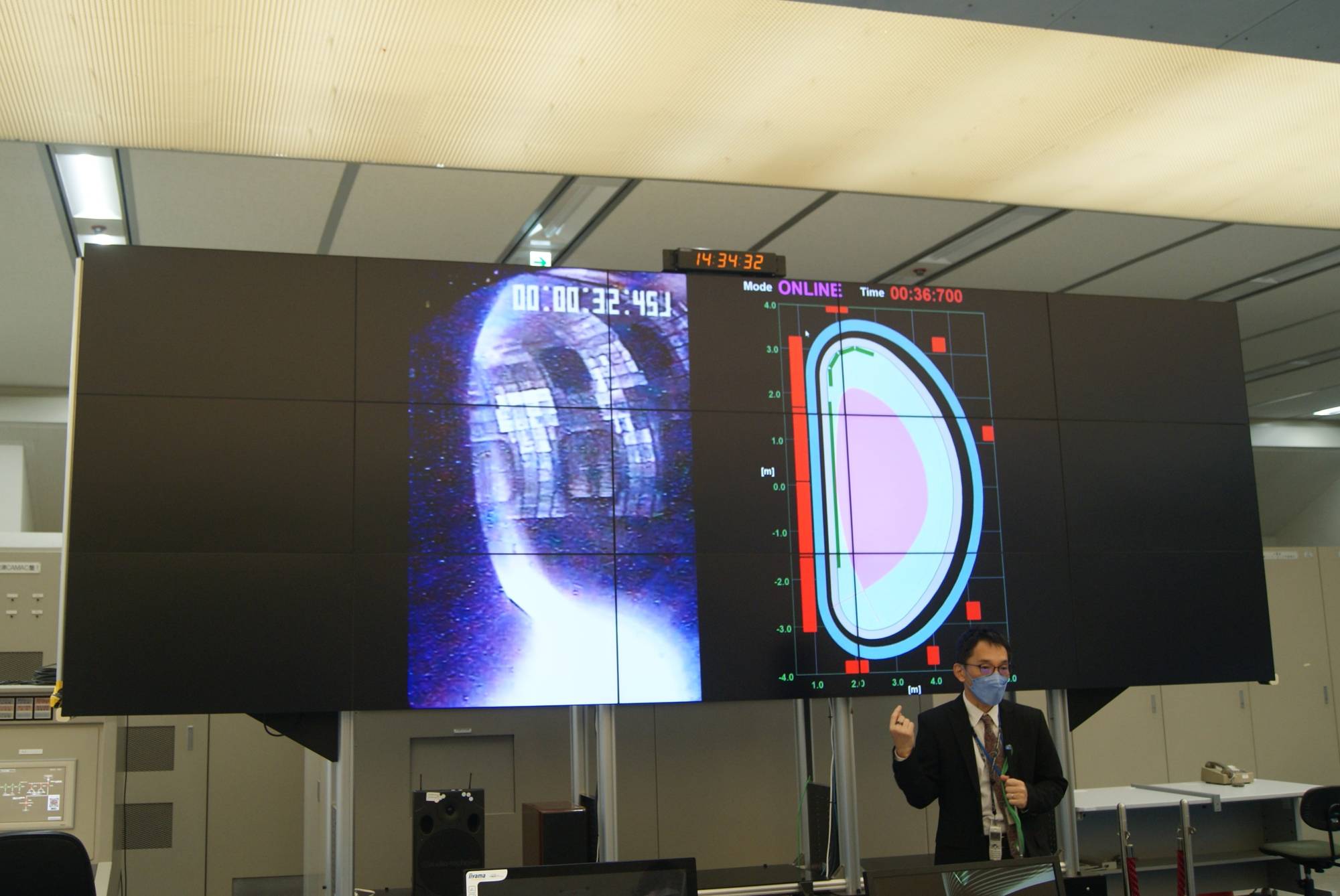
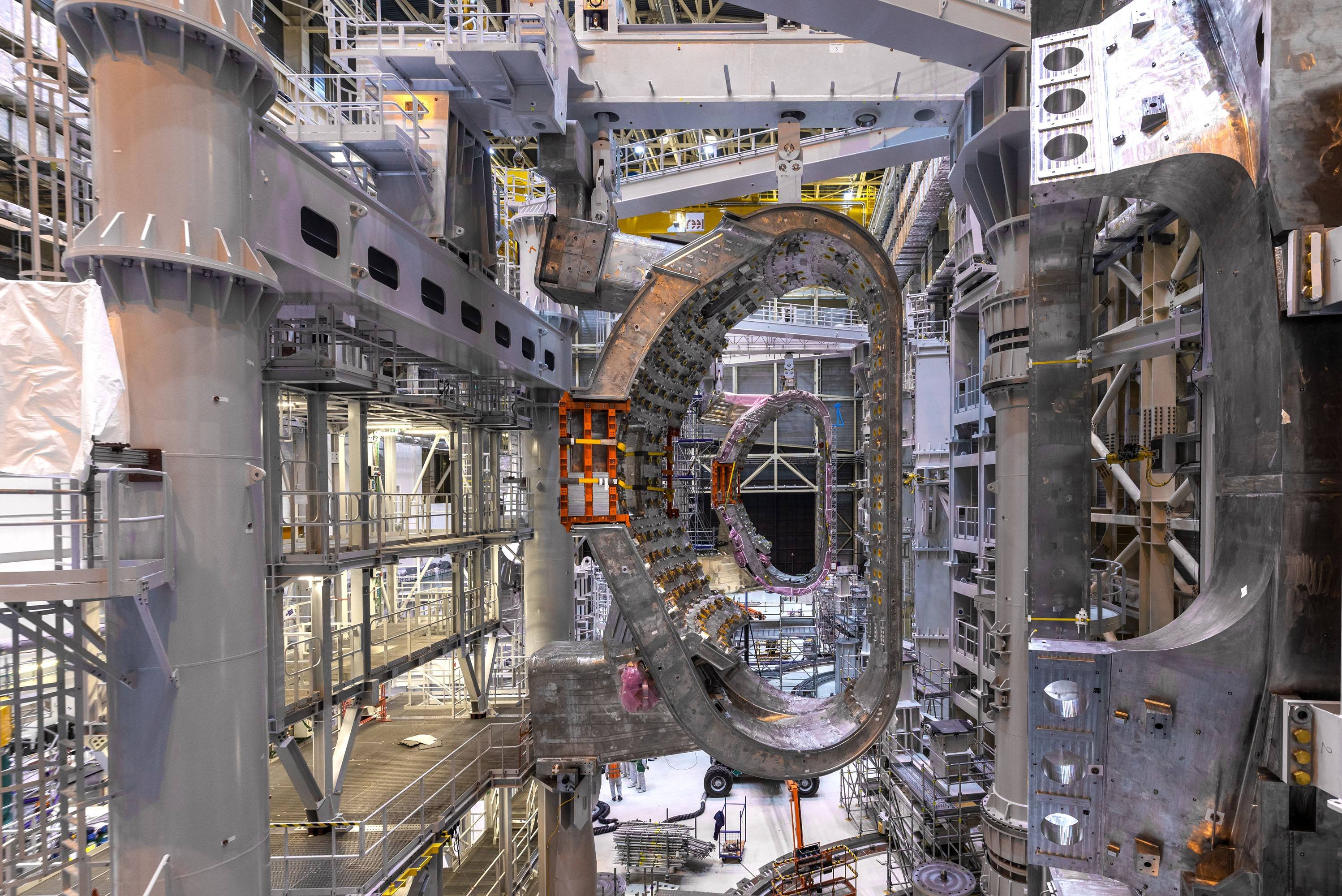
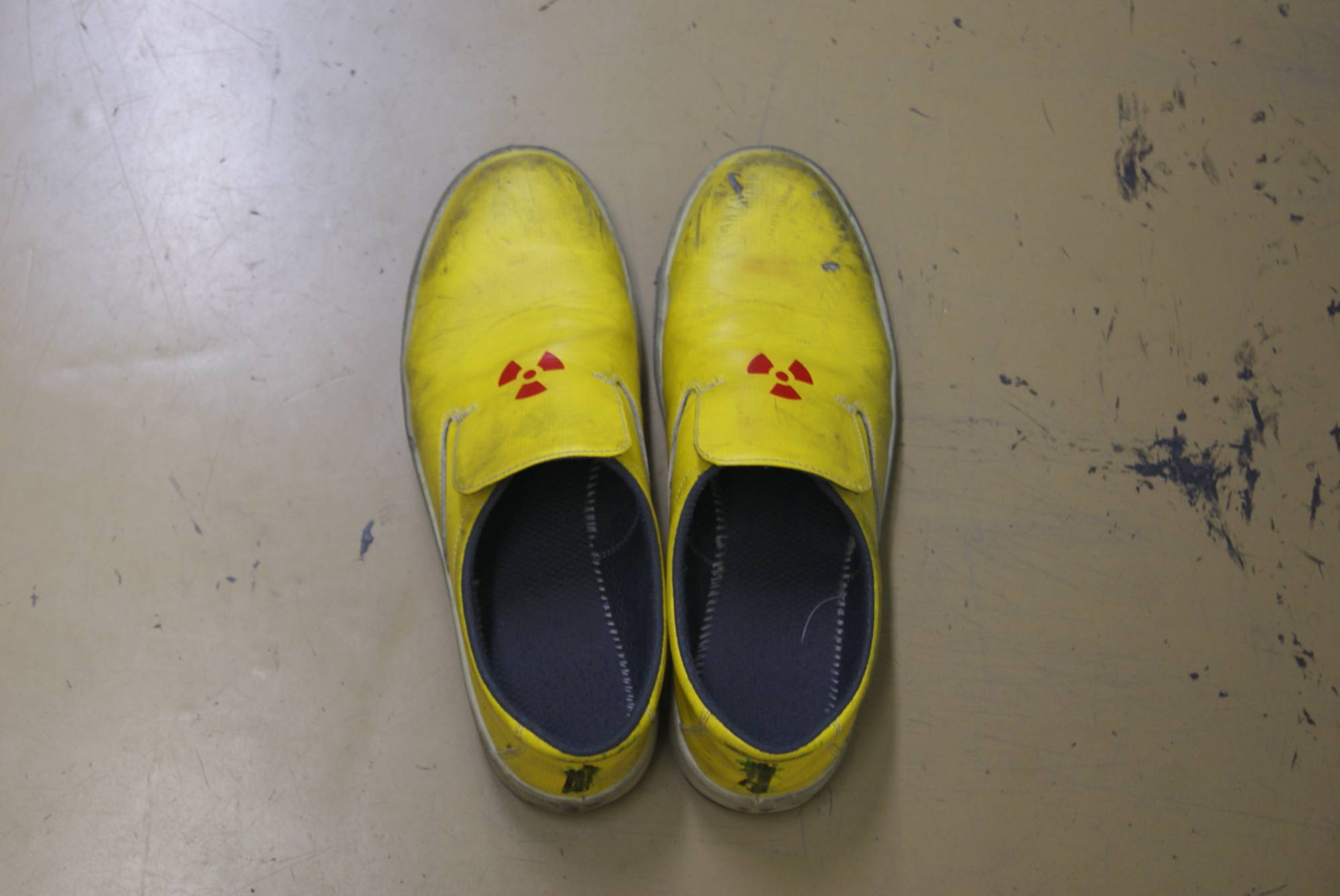
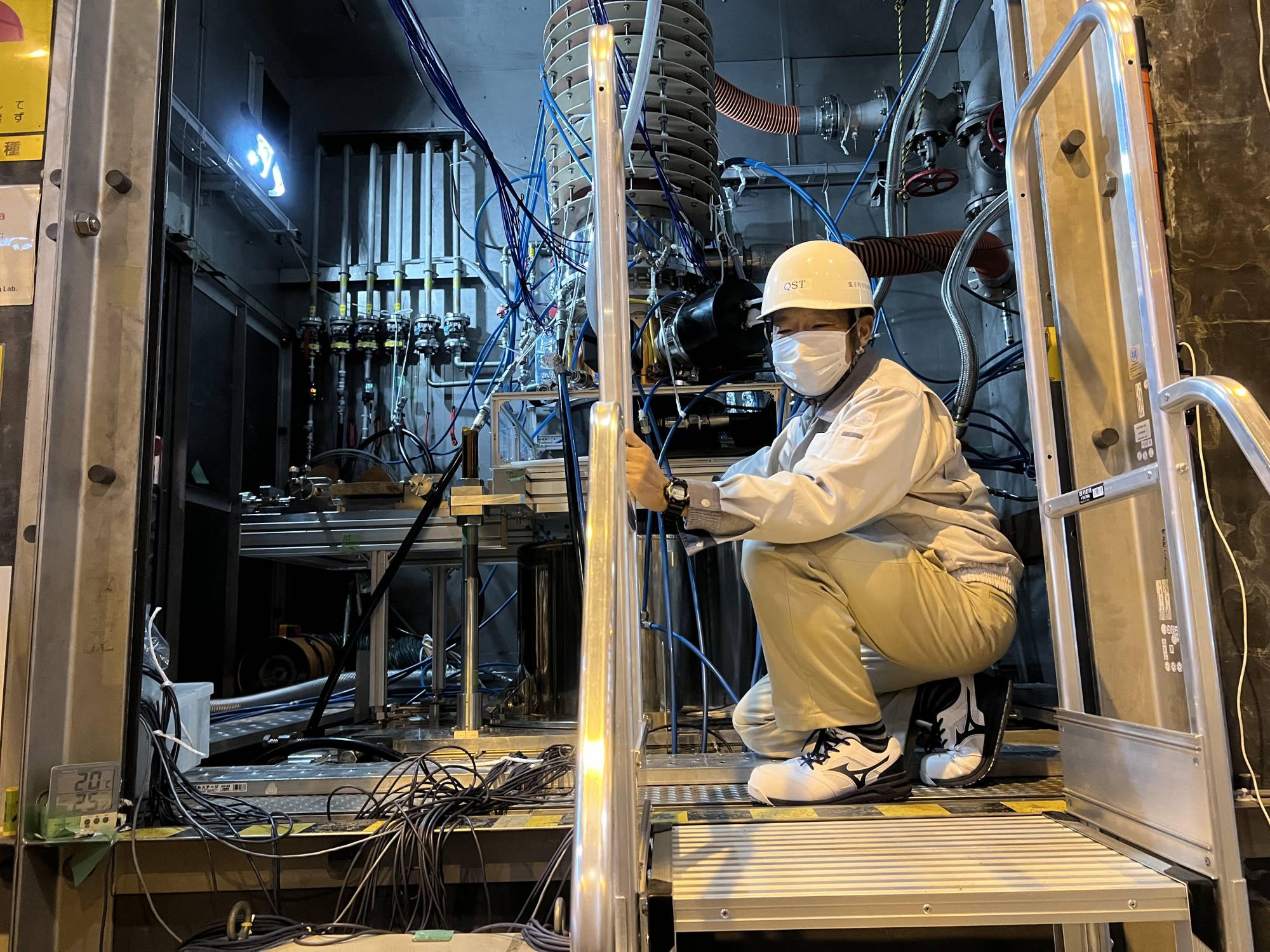
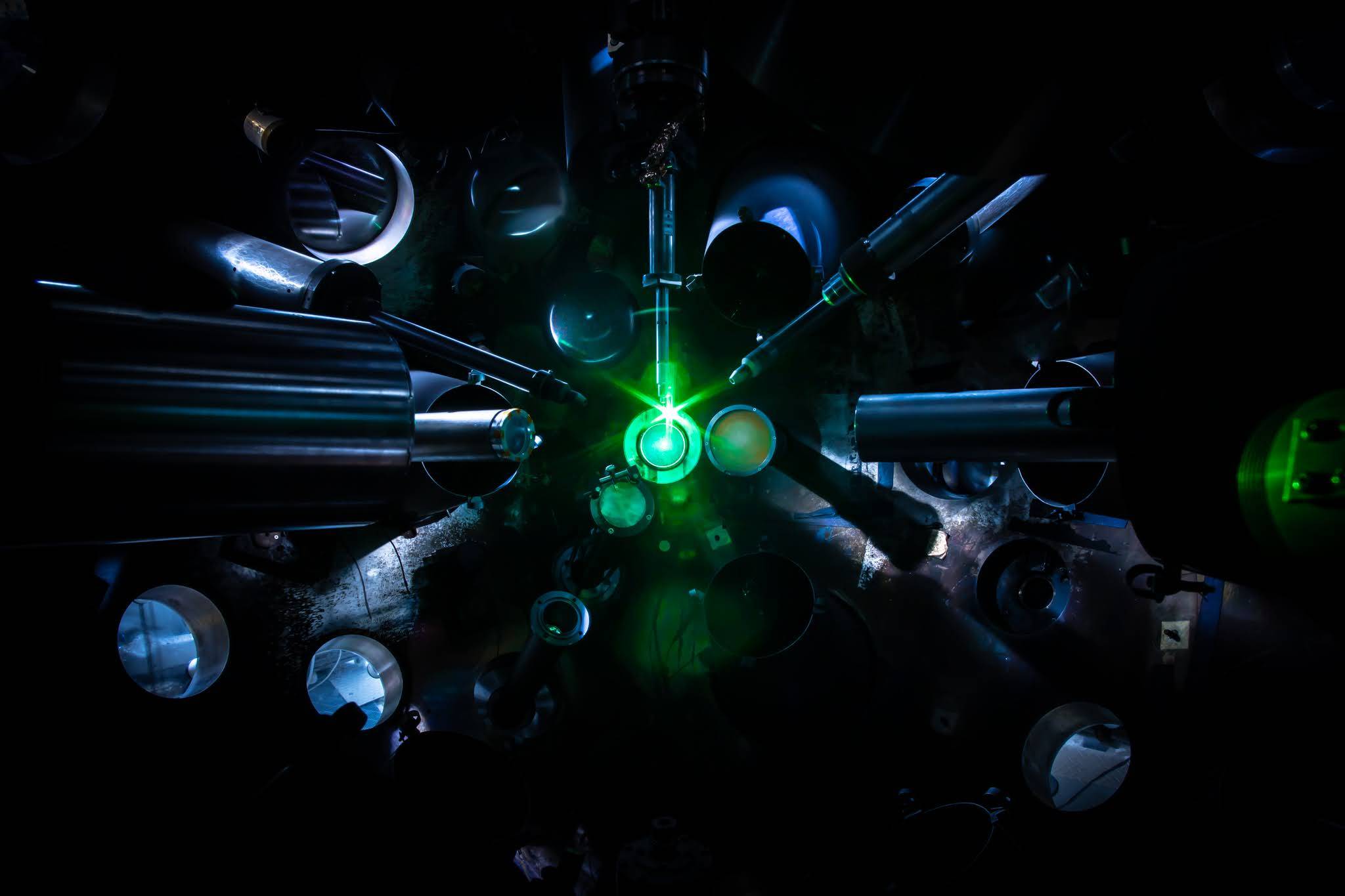
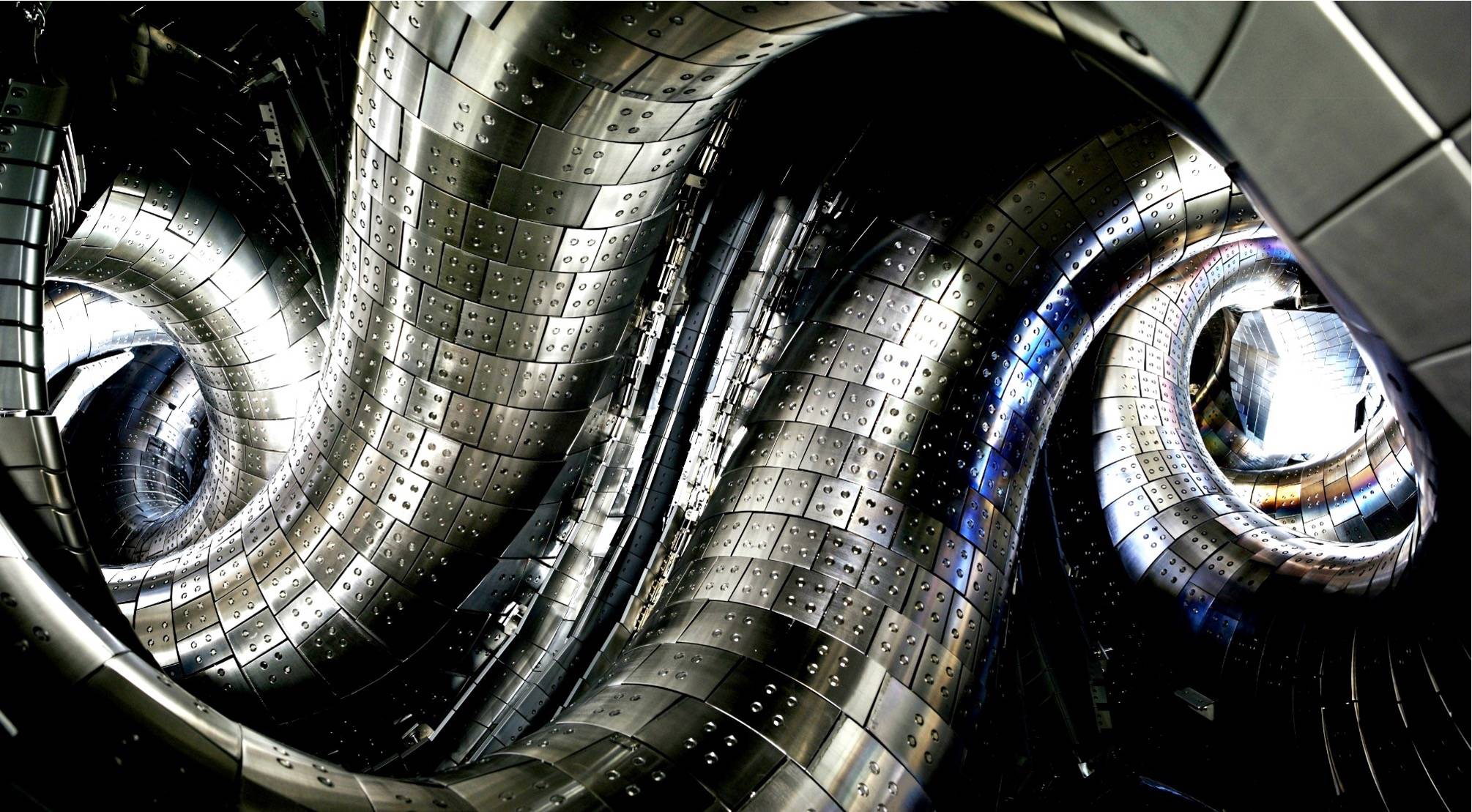
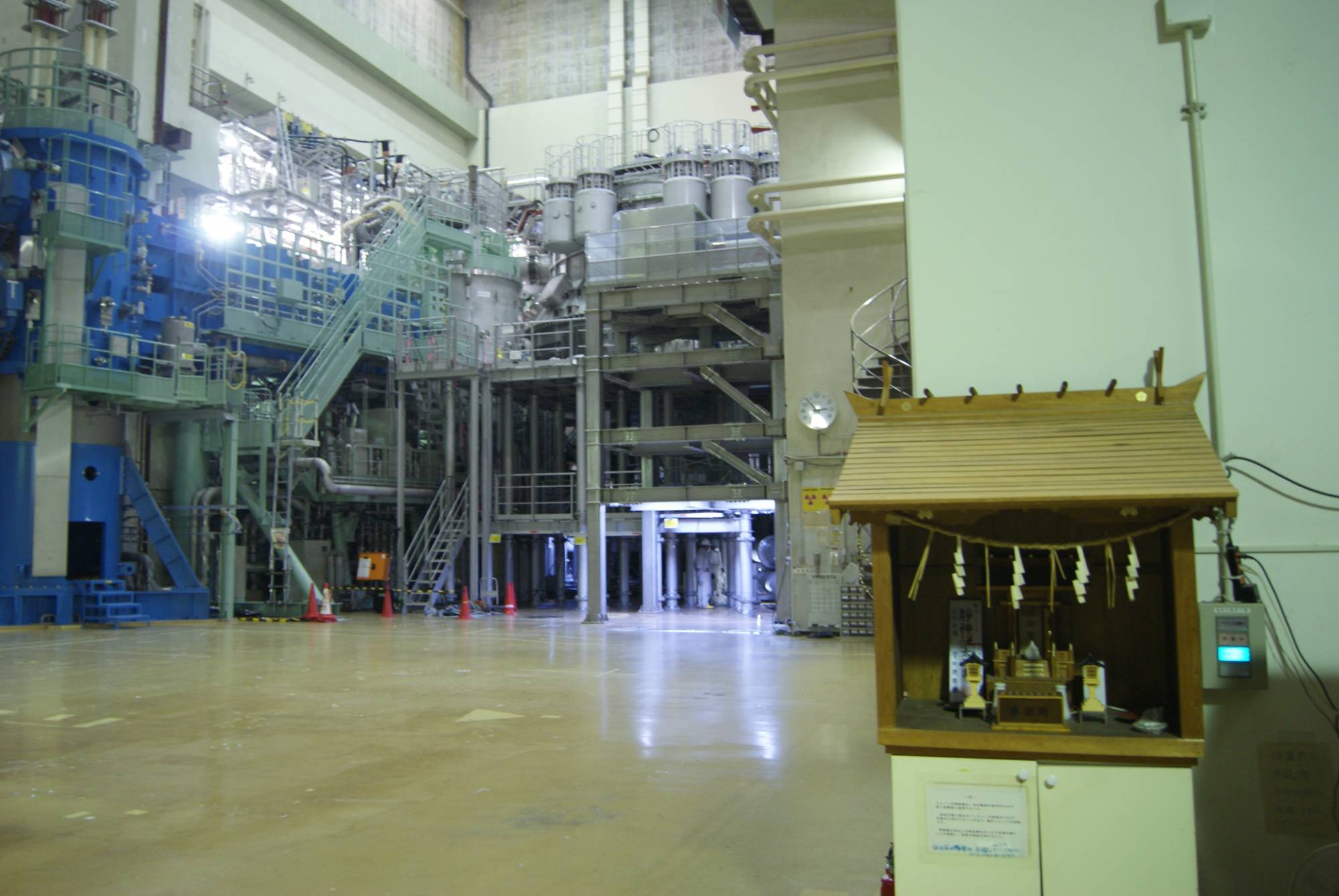

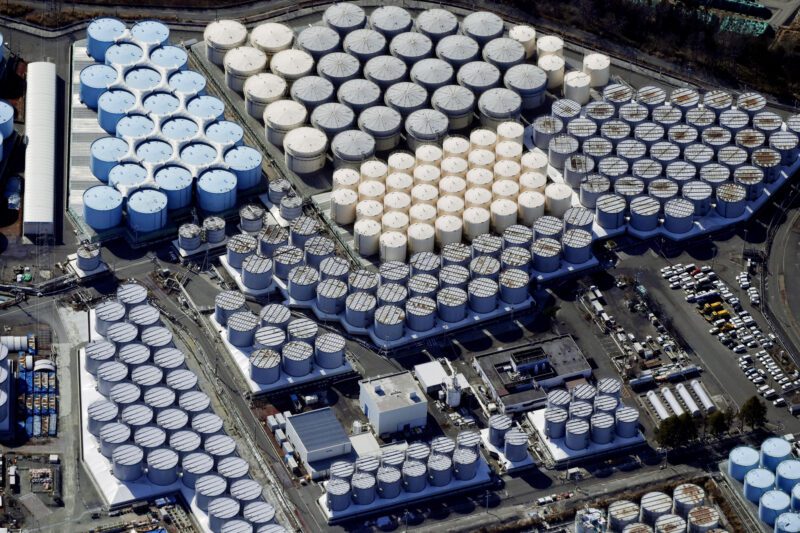



:format(webp)/https://www.thestar.com/content/dam/thestar/news/canada/2023/02/20/why-has-a-canadian-company-partnered-with-the-tiny-island-of-nauru-to-fast-track-deep-sea-mining/_2nodule_collector_vehicle.jpg)
:format(webp)/https://www.thestar.com/content/dam/thestar/news/canada/2023/02/20/why-has-a-canadian-company-partnered-with-the-tiny-island-of-nauru-to-fast-track-deep-sea-mining/_3gerard_barron.jpg)
:format(webp)/https://www.thestar.com/content/dam/thestar/news/canada/2023/02/20/why-has-a-canadian-company-partnered-with-the-tiny-island-of-nauru-to-fast-track-deep-sea-mining/_5nodule.jpg)
:format(webp)/https://www.thestar.com/content/dam/thestar/news/canada/2023/02/20/why-has-a-canadian-company-partnered-with-the-tiny-island-of-nauru-to-fast-track-deep-sea-mining/_4hidden_gem_ship.jpg)
:format(webp)/https://www.thestar.com/content/dam/thestar/news/canada/2023/02/20/why-has-a-canadian-company-partnered-with-the-tiny-island-of-nauru-to-fast-track-deep-sea-mining/atop_the_nodules.jpg)


